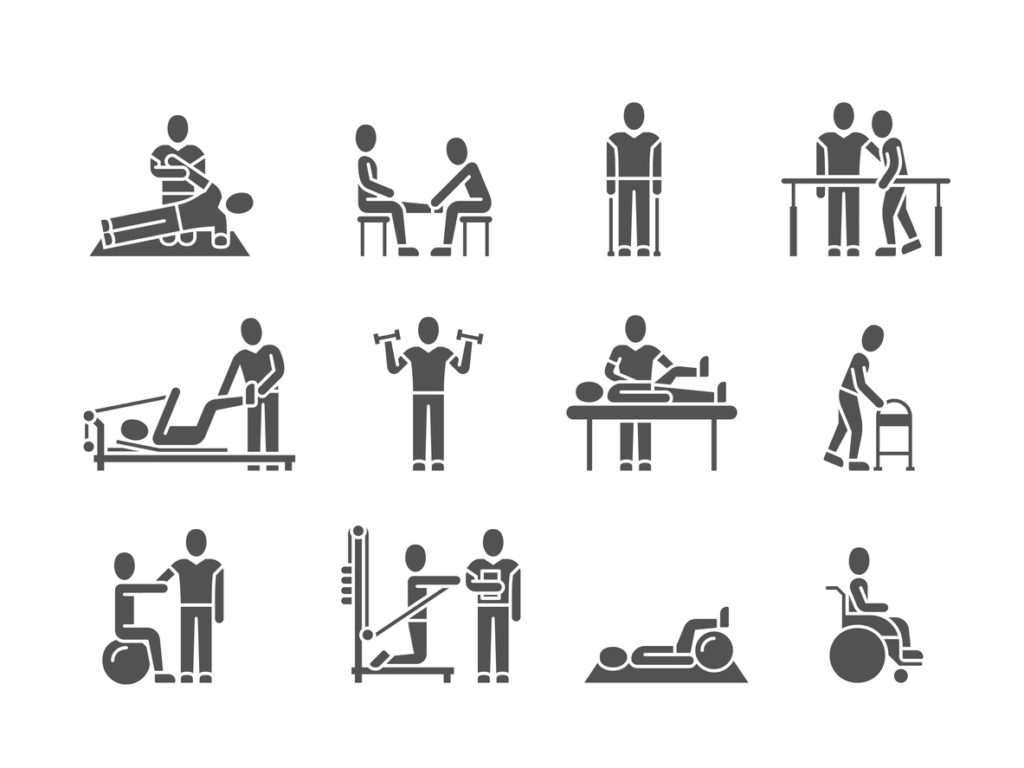Vertebroplasty is a procedure used to stabilize broken vertebrae, the bones that form the spine. This study will evaluate the effectiveness of vertebroplasty for the treatment of fractures due to osteoporosis.
Official Title
Investigational Vertebroplasty Efficacy and Safety Trial (INVEST)
Conditions
– Spinal Fractures- Osteoporosis
Study Type
Interventional
Study Design
Treatment, Randomized, Single Blind, Placebo Control, Crossover Assignment, Safety/Efficacy Study
Further Details
Spontaneous, atraumatic compression fractures due to osteoporosis occur in more than 700,000 patients per year. Pain associated with these fractures may be excruciating, but before the advent of percutaneous vertebroplasty, treatment options were limited. Analgesic medications, bed rest, and bracing have been the mainstays of treatment, but each of these therapies has substantial limitations. Because of the dearth of viable treatment options for osteoporotic vertebral compression fractures, the practice of percutaneous vertebroplasty, which involves injection of polymethylmethacrylate (medical cement) into the fractured vertebra, has disseminated rapidly. However, evidence for the efficacy of percutaneous vertebroplasty is currently limited to uncontrolled, nonblinded, small case studies. Even though high rates of success are reported, with up to 90% of patients achieving substantial pain relief, these case studies have not accounted for numerous important potential biases, including the natural tendency for compression fractures to heal spontaneously, regression toward the mean (wherein patients seek medical attention when pain is maximum), and the placebo effect. This study will examine the clinical efficacy of percutaneous vertebroplasty for treatment of painful osteoporotic vertebral compression fractures. Participants in this study will be randomly assigned to receive either percutaneous vertebroplasty or a sham procedure (placebo control group). Participants may have up to 2 spinal levels treated. Participants will be enrolled in the study for 2 years and will have study visits at entry and Months 1, 12, and 24. There will also be phone visits at Days 1, 2, 3, and 14 and Months 3 and 6. After Month 1, crossover from the placebo group to the vertebroplasty group will be allowed.
Study Start
Eligibility & Criteria
Ages Eligible for Study: 50 Years and above, Genders Eligible for Study: Both Criteria Inclusion CriteriaConfirmed osteoporosis or osteopenia Vertebral compression fracture in vertebrae T4 through L5 Pain not responsive to medical therapy Exclusion CriteriaMalignant tumor or spinal canal compromise Local or systemic infection Pregnancy Prior vertebroplasty or kyphoplasty Hip fracture
Total Enrolment
294
Contact Details
[1] National Institute of Arthritis and Musculoskeletal and Skin Diseases (NIAMS) (US)
All content and media on the HealthEngine Blog is created and published online for informational purposes only. It is not intended to be a substitute for professional medical advice and should not be relied on as health or personal advice. Always seek the guidance of your doctor or other qualified health professional with any questions you may have regarding your health or a medical condition. Never disregard the advice of a medical professional, or delay in seeking it because of something you have read on this Website. If you think you may have a medical emergency, call your doctor, go to the nearest hospital emergency department, or call the emergency services immediately.







